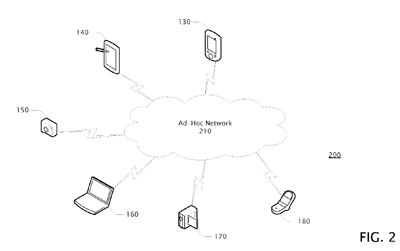Cell phones may be nearly ubiquitous in today's world, but the number of people who have adopted proper cell phone etiquette (or gadget etiquette in general) often seems to be far smaller. Microsoft has filed for a patent (patent application 2008/125,102) on technology it feels could address such situations via the use of what the company refers to as a "digital manners policy," or DMP for short. The patent abstract states:
The present invention includes methods and technologies for defining and administering device manners policy
("DMP"), propagating DMP, reception and recognition of, and compliance with DMP. Such policy may be used to communicate to
various mobile and other devices the "manners" with which compliance is expected or required. Similar to some of the social
manners honored among people, such as with "no smoking" or "employees only" zones, "no swimming" or "no flash photography"
areas, and scenarios for "please wash your hands" or "no talking out loud", devices may recognize and comply with analogous
"device manners" policy.
Microsoft draws a number of analogies between DMP and common social conventions already in practice today. DMP, as the company envisions it, is meant to address "some of the security and privacy concerns resulting from mobile devices, such concerns ranging from unintentional rudeness to critical security and privacy matters. Such mobile device intrusions may be summarized as socially undesirable audible or visual disturbance or unauthorized information or data capture."

DMP-equipped devices would be capable of receiving and applying DMP "orders" given to them by an appropriate broadcast device. The wording of the patent implies that such broadcasters would be short-ranged and/or physically restricted. A cineplex, for example, might use DMP to automatically shift all cell phones into "vibrate" mode while they are inside the theater. In cases where cell phone broadcasts could potentially interfere with delicate equipment, such as while aboard an airplane or inside a hospital, DMP could order the phone or device to drop into sleep mode or otherwise deactivate itself. Once the individual leaves the relevant area, the device would function normally.
